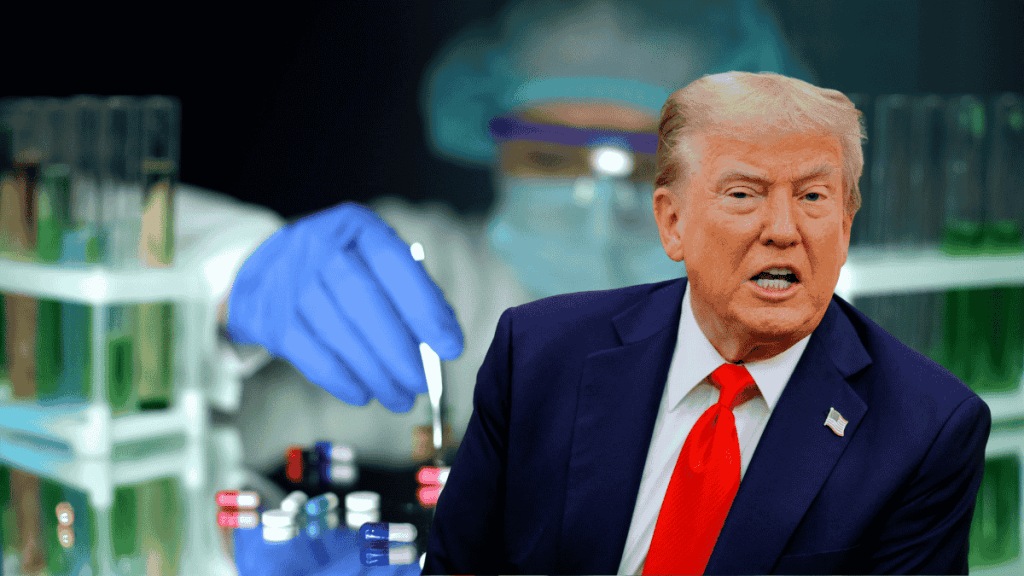The pharma sector is in focus and all pharma stocks are surging. This is after a Wall Street Journal report indicated that the Trump administration may not impose tariffs on generic medicines. There has been lot of apprehension about the tariff on pharma generics after US President Donald Trump announced 100% tariff on branded and patented pharmaceutical products. The report also mentioned that the move isn’t final and could change in the coming weeks.
This is significant news for India as US is a key export market for Indian generics and accounts for over 40% of generic exports from India.
However, the earlier announced 100% tariff was not implemented on October 1, as the administration is still assessing the impact of the decision.
US seeks to reduce reliance on India and China for generics
The US remains heavily dependent on India and China for the supply of generic medicines and their ingredients. Trump’s team has repeatedly said it wants to reduce this reliance and build stronger domestic capacity for antibiotics and other essential drugs.
“When we talk about generics, it’s a different supply chain from name-brand drugs,” US Trade Representative Jamieson Greer said recently at the Economic Club of New York. “Right now, we’re considering the best way to deploy economic tools with respect to generics. A lot of that is coming in tariff-free.”
Policy divide over tariffs on generic medicine
The issue has divided policymakers within the US administration. Members of Trump’s Domestic Policy Council and healthcare advisers, including Theo Merkel, have argued that tariffs on low-cost generics could lead to higher drug prices and even shortages. They warned that tariffs would not make US production profitable because drugs are much cheaper to produce in countries like India, which supplies nearly half of America’s generics.
On the other hand, some Commerce Department officials have argued that tariffs or quotas might eventually be necessary to reduce reliance on foreign suppliers and prevent a repeat of the supply disruptions seen during the pandemic.

